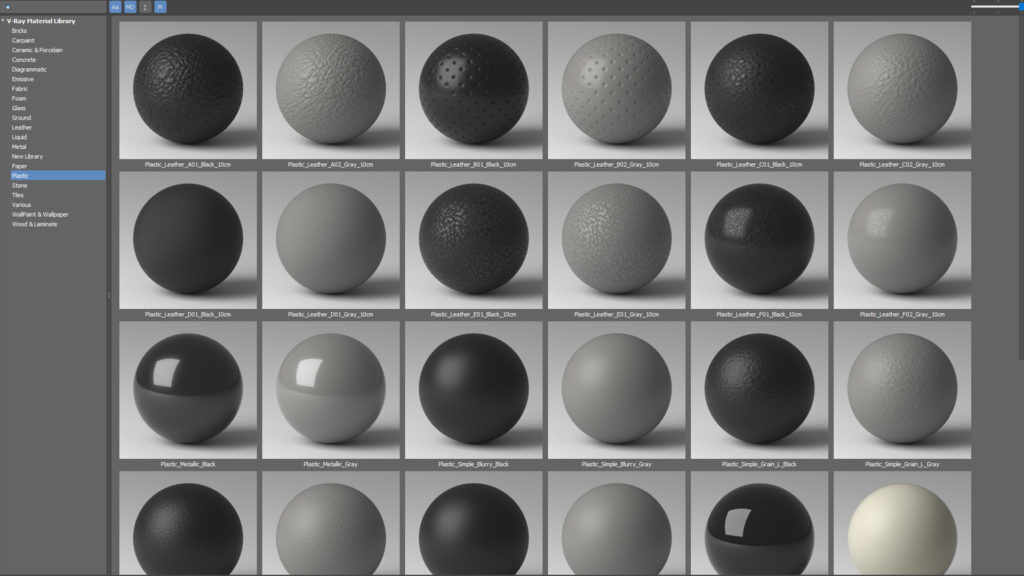
We were, in other words, proportionally less sensitive to the issue than we are today. What was felt as adequate, or even quick, a decade ago was perceived as such because the whole experience, from the speed of the hardware, to our expectations, allowed it. The results will be mentioned where pertinent in the post. The times were taken 100 times, and averaged. The material editor was stretched to the maximum height so as to ensure all possible controls would be drawn, and the rendering of the previews was deactivated. I’ve benchmarked the time it took to redraw the complete UIs of three key materials: V-Ray Material, ALSurface and FastSSS2, as they are central to many workflows, and contain many UI controls. To prove the points made throughout the post, I will refer to my findings on tests I performed a few years ago, and remain valid in what they show, and some that have been retested on very current hardware and software. Qt’s introduction aims to supplant the aging Win32 library with a modern set of functionality, higher speeds throughout, and cross-platform capabilities. One such improvement has been the adoption of the Qt libraries for the Max UIs, with hidden work inside of Max starting about version 2017, the first Qt UIs appearing for version 2018, and some work still ongoing. We’ve enjoyed a strong relationship with it for the best part of that period, and most importantly shared cherished memories of each time the appearance of new technology needed to make its way into users’ hands.

In this first post from Chaos' Innovation Lab, we're taken through the laborious path that leads to the Qt-fication of V-Ray's UIs under Autodesk 3ds Max.ģD Studio Max is an old giant of the industry, nearing 30 years of age.


 0 kommentar(er)
0 kommentar(er)
